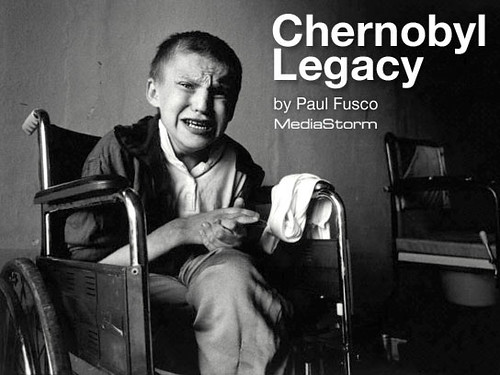The Legal Controversy surrounding Sania-Shoaib’s marriage
The Controversy
When the two sports stars (Sania Mirza and Shoaib Malik) would tie the knot, it is believed that the two countries India and Pakistan would also share a common-bond. But the marriage between the Indian tennis star and former Pakistani Cricket Captain, scheduled on April 15, 2010 has already witnessed a lot of controversies. After Shiv Sena’s threat to Sania and her family with the performance of marriage. It is now alleged that the prospective groom, Shoaib Malik has been already married to Ayesha Siddhiqui alias Maha Siddhiqui since June, 2002.
Mohammed Siddiqui, the father of Ayesha has already lodged a complaint against Shoaib Malik in Hyderabad under Sections 420 (cheating), 498-A (dowry harassment) and 506 (criminal intimidation). On the other hand Malik and his family have denied the subsistence of any such marriage.
Two sides of the same story
In their interviews, Malik and Ayesha have presented different versions of the story. Shoaib Malik contends that he had never met Ayesha in person before the alleged marriage took place. Maha, had send him the photographs of some other woman who he presumed to be Ayesha. He was deceived by her and at a tender age of 20. When he figured out the fraud in 2005 he immediately broke all his associations with Ayesha.
He said,” I walked out of my house one morning in June 2002, and went to my friend’s shop and called from there. I got a nikahnama, signed it, thinking the girl I was marrying was the one in the photographs.
In Muslim law, this arrangement doesn’t work no matter what paper may or may not be there simply because, when the proposal was made, the image in my head was the girl in the photographs, but the girl, who was accepting the proposal was someone else. That’s cheating.”
Whereas Ayesha said that they had met in Dubai in 2000 and were in constant https://www.healthsupportyou.com/cialis-tadalafil/ touch since then. The internet facilities were unavailable that time and therefore there was no question only exchanging photographs. She further said that Malik was disappointed with her being fat and thus avoided her company at public functions. The growing popularity of Malik amongst the girls led to a drift between the two. She proclaimed that a telephonic marriage in Islam was perfectly legal and valid according to the sharia. Ayesha’s family has also released a the nikahnama in public.
Main Elements of a Muslim Marriage :-
1- Free Consent of the Parties
2- Payment of dower
3- Witnesses
4- May be terminated by either of the parties any time
A telephonic marriage in Sharia is valid if witnesses are present from both the sides. In the present case, the marriage claim by the Siddhiqui’s is dubious until and unless, the witnesses from both the sides are produced. Moreover, Shoaib’s argues that the consent given by him was under the misconception that the girl he is marrying was the one in the photographs and not Maha Siddhiqui, further weakens the case. As in a Muslim marriage, free consent of the parties is a pre-requisite.
Under the Indian Muslim Act, a Muslim male can enter a second marriage while the first marriage is already subsisting. Thus, Siddhiqui would not be able to prevent Sania and Shoaib’s marriages even if the alleged marriage is legally valid.
If tried under the Indian Laws the cricketer can be punished with both imprisonment and fine. The contradictory statements issued by the cricketer time and again have also diluted the veracity of his claims. If Ayesha’s claims are valid then the victim has been harassed by her celebrity husband. Calling a wife fat or public harassment amounts to mental cruelty under the Indian Law. It would be to early to jump into any conclusions as of now, I think the truth will reveal itself in due course of time.
Read more



 History of Public Interest Litigation:
History of Public Interest Litigation: